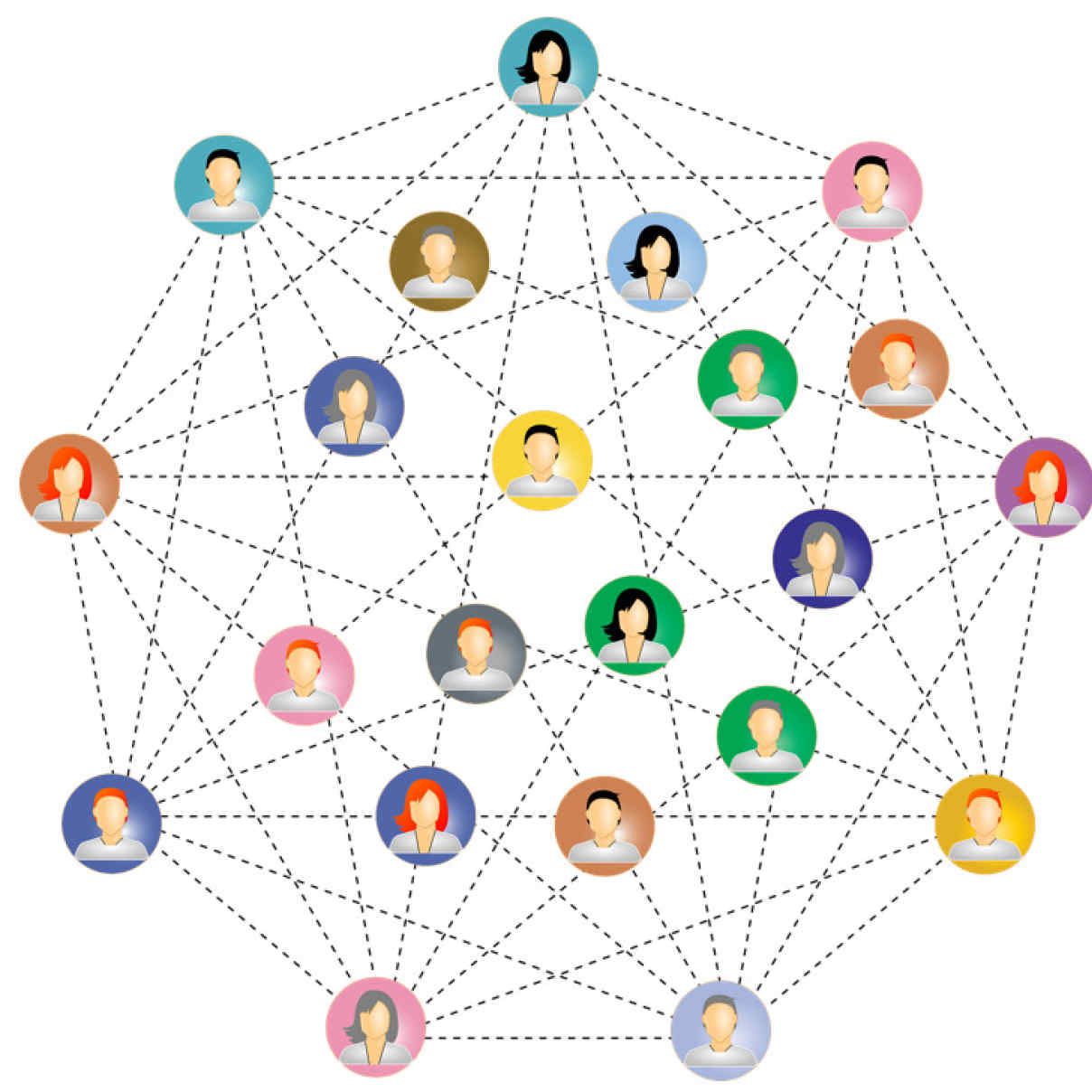BibTex format
@article{Elliott:2021:10.1371/journal.pmed.1003777,
author = {Elliott, J and Whitaker, M and Bodinier, B and Eales, O and Riley, S and Ward, H and Cooke, G and Darzi, A and Chadeau, M and Elliott, P},
doi = {10.1371/journal.pmed.1003777},
journal = {PLoS Medicine},
pages = {1--14},
title = {Predictive symptoms for COVID-19 in the community: REACT-1 study of over one million people},
url = {http://dx.doi.org/10.1371/journal.pmed.1003777},
volume = {18},
year = {2021}
}
RIS format (EndNote, RefMan)
TY - JOUR
AB - Background:Rapid detection, isolation and contact tracing of community COVID-19 cases are essential measures to limit the community spread of severe acute respiratory syndrome coronavirus 2 (SARS-CoV-2). We aimed to identify a parsimonious set of symptoms that jointly predict COVID-19 and whether predictive symptoms differ between B.1.1.7 (Alpha) lineage (predominating as of April 2021in the USA, UK and elsewhere) and wild type.Methods and Findings:We obtained throat and nose swabs with valid SARS-CoV-2 polymerase chain reaction (PCR) test results from 1,147,370 volunteers aged 5 years and above (6,450 positives) in the REal-time Assessment of Community Transmission-1 (REACT-1) study. This involved repeated community-based random surveys of prevalence in England (study rounds 2 to 8, June 2020 to January 2021, response rates 22%-27%). Participants were asked about symptoms occurring in the week prior to testing. Viral genome sequencing was carried out for PCR positive samples with N-gene cycle threshold value < 34 (N = 1,079) in round 8 (January 2021). In univariate analysis, all 26 surveyed symptoms were associated with PCR positivity compared with non-symptomatic people. Stability selection (1,000 penalized logistic regression models with 50% subsampling) among people reporting at least one symptom identified seven symptoms as jointly and positively predictive of PCR positivity in rounds 2–7 (June to December 2020): loss or change of sense of smell, loss or change of sense of taste, fever, new persistent cough, chills, appetite loss and muscle aches. The resulting model (rounds 2–7) predicted PCR positivity in round 8 with area under the curve (AUC) of 0.77. The same seven symptoms were selected as jointly predictive of B.1.1.7 infection in round 8, although comparing B.1.1.7 with wild type, new persistent cough and sore throat were more predictive of B.1.1.7 infection while loss or change of sense of smell was more predictive of the wild type. Main
AU - Elliott,J
AU - Whitaker,M
AU - Bodinier,B
AU - Eales,O
AU - Riley,S
AU - Ward,H
AU - Cooke,G
AU - Darzi,A
AU - Chadeau,M
AU - Elliott,P
DO - 10.1371/journal.pmed.1003777
EP - 14
PY - 2021///
SN - 1549-1277
SP - 1
TI - Predictive symptoms for COVID-19 in the community: REACT-1 study of over one million people
T2 - PLoS Medicine
UR - http://dx.doi.org/10.1371/journal.pmed.1003777
UR - https://journals.plos.org/plosmedicine/article?id=10.1371/journal.pmed.1003777
UR - http://hdl.handle.net/10044/1/91608
VL - 18
ER -

